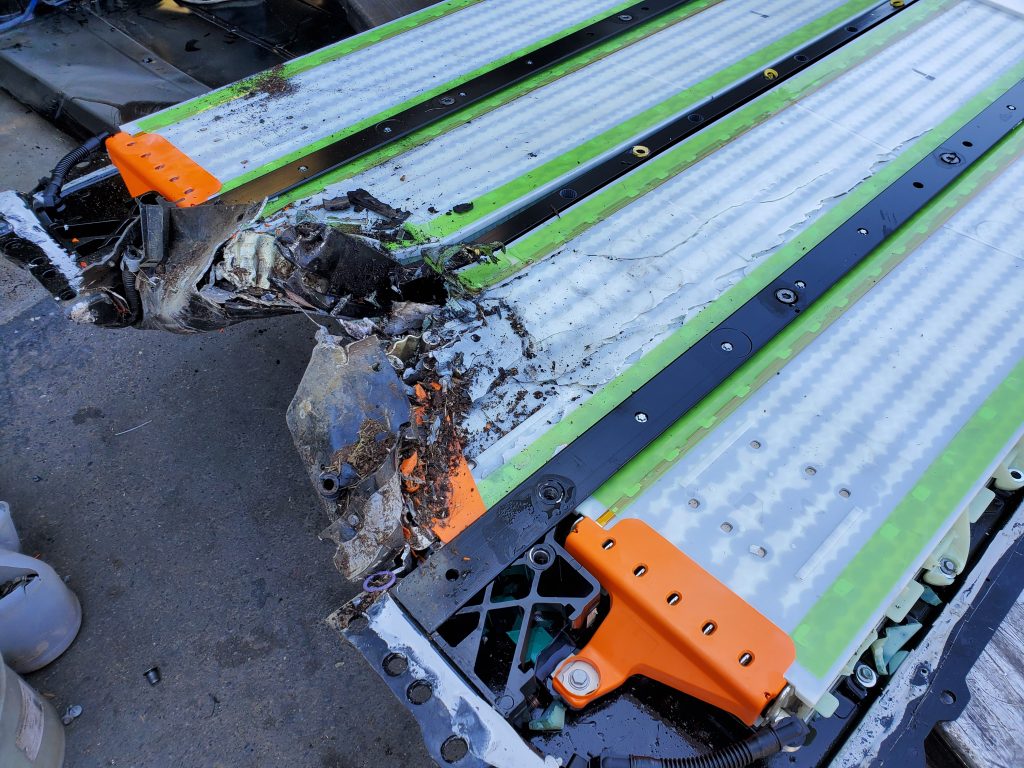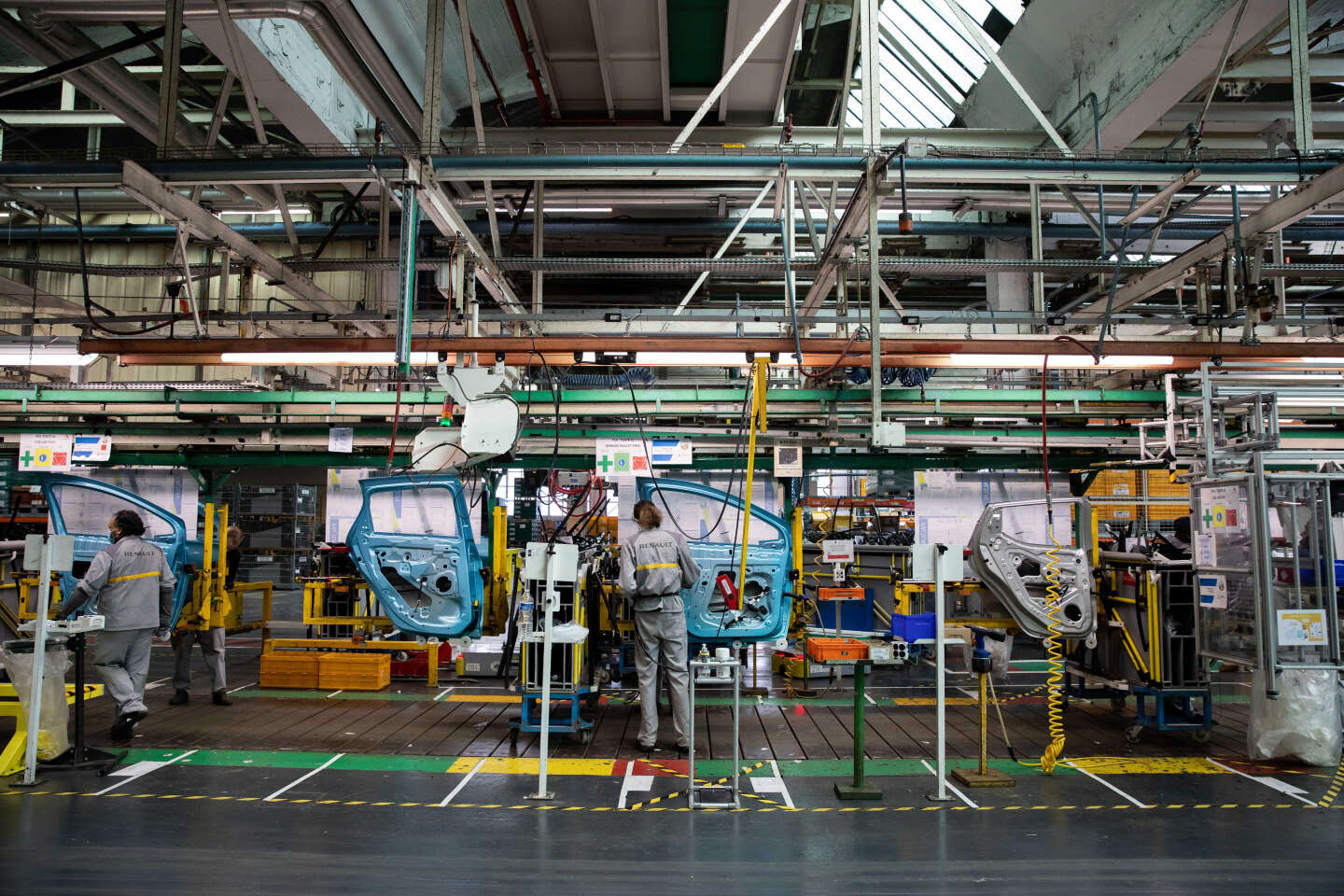For others interested, what
@Ampster is referring to with the modules being different is that instead of having numerous individual modules like in the model S, the model 3 has the following:
- The modules are much larger than in the S or X. They are long narrow logs of cells with 23 cells in two of the modules and 25 cells in the other two.
- The two 23 cell modules are at each edge of the pack and 67 1/2 inches long, 11 1/2 inches wide and 3 1/2 inches thick and weigh 191 lbs.
- The two 25 cell modules are located in the middle of the pack and 73 inches long, 11 1/2 inches wide and 3 1/2 inches thick and weigh 207 lbs.
The Tesla Model S modules feature a dedicated stack monitoring BMS board on each module, securely wired to the individual cells and two temperature sensors. This board uses a Texas Instruments cell stock monitoring board that is designed to link vertically using an SPI bus (Serial Peripheral Interface).
The modules feature what is basically a six foot long flexible printed circuit board with copper runs insulated by a translucent insulating layer and connecting to each “brick” or “cell” of the battery pack plus a couple of temperature sensors. There is one of these copper run “tapes” running down EACH edge of the module. The bricks or what Jack calls “cells” are actually made of 46 cylindrical cells 21 mm in diameter and 70mm long.
They are nominally 3.6v at 5 amp-hours capacity with the 46 connected in parallel. So 3.6v x 230 Ah per cell and 25 cells for 90 volts on the long ones and 23 cells for 82.8volts This gives us a nominal pack voltage of 345.6volts at 230 Ah for a total capacity of 79,488 watt-hours. It has been LISTED at 80.5 kWh elsewhere and that COULD be true if the amp hour capacity were 232.92 Ah indicating 5.0636 Ah per cylinder.
So while the battery is not as amicable to DIY use (at least as far as modules are concerned, as opposed to the use of the full pack, which is easier), it's use of 21700's and other changes, sure seems to have made progress in other areas.
A high-speed accident involving a Model 3 crashing into a pole recently provided an impressive look at the fire-resistant capabilities of Tesla’s batteries. Despite major damage to the vehicle and two of the battery modules being breached from the violent impact, none of the Model 3’s 2170 cells...

www.teslarati.com







